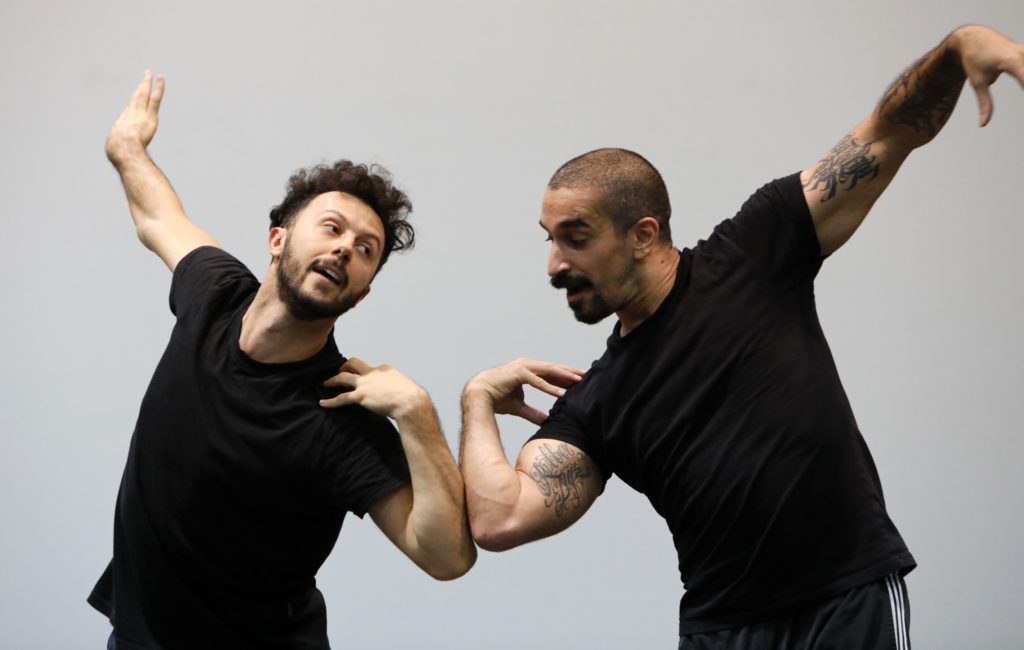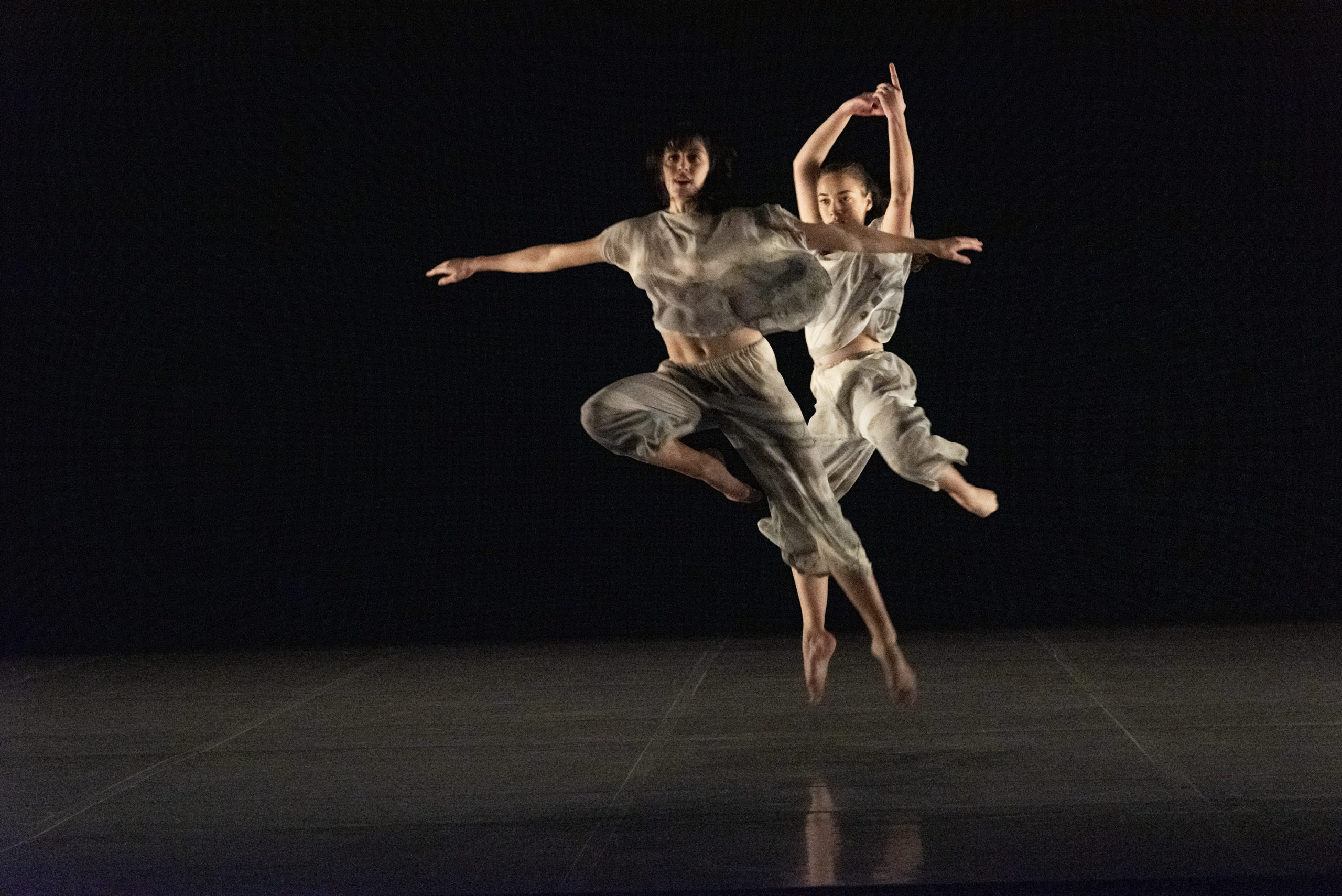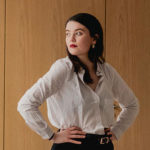French Jewelry Maison Van Cleef & Arpels Cements Its Commitment to Contemporary Dance With a Brand-New Festival
Van Cleef & Arpels is no stranger to the world of dance. The French jewelry maison’s passion for movement dates back to the 1920s, when the brand’s co-founder, Louis Arpels, enjoyed taking his nephew to the Opera Garnier. Later, in the 1940s, the maison developed its signature bejeweled ballerina clips, and in 1967, inspired George Balanchine to make Jewels, which has been credited as the first full-length abstract ballet.
More recently, Van Cleef & Arpels has supported dance artists, companies and institutions across the world, including Benjamin Millepied’s L.A. Dance Project, London’s Royal Opera House, the Bolshoi Theater in Moscow and the Australian Ballet, and in 2015 even established FEDORA, an annual prize for choreographic creation.
The brand is now launching Dance Reflections, an annual festival to be hosted in different cities internationally. The first edition, set to take place in London from March 9 to March 23, boasts a diverse program that includes major contemporary works from dance history—like Dance by Lucinda Childs, Trisha Brown’s Set and Reset, and Beach Birds for Camera by Merce Cunningham—as well as newer pieces by Alessandro Sciarroni, Boris Charmatz, SERAFINE1369 and Gisèle Vienne.

According to Serge Laurent, Van Cleef & Arpels’ head of dance and cultural programming, Dance Reflections’ curatorial approach is based on three values he discovered while researching the brand’s history: creativity, transmission and education. “They match so well with the field of dance,” he says during a phone interview from Paris. “Dance is obviously a creative discipline, and Van Cleef & Arpels is a maison of creation. Transmission is also incredibly important for both dance and the brand, as both need to transmit repertoire and savoir-faire, respectively. Finally, education is the best way to engage in dialogue with diverse audiences.”
Considering that Van Cleef & Arpels has mostly supported classical ballet companies until now, the focus on works by experimental practitioners represents a shift. “Van Cleef & Arpels are anchored in tradition, but if you look at their collections, you also see that many of their pieces work with contemporary approaches and pure abstraction,” Laurent explains, drawing a parallel with the fact that many dancers train in classical forms before moving towards modern styles. “That’s why I wanted to present both existing and new works as part of the festival: to show that the contemporary doesn’t come out of nowhere. There’s always continuity, and references to the past.”
Bridging the classical and the avant-garde was also a motivating factor behind Dance Reflections’ choice of partners: The festival has teamed up with the Royal Opera House, Sadler’s Wells and the Tate Modern, with each presenting its own portion of the program. While working with Sadler’s felt like a natural fit, and partnering with the Tate is meant to emphasize the role museums play in preserving dance history, Laurent confesses he was initially “a bit shy” about approaching the Royal Opera House. “It’s such a temple,” he says. “But I was amazed by how curious they were about new and contemporary ideas, and how keen they were to present them to their audience. Even though their main duty is to preserve the classical repertoire, they do a lot to renew it, too.” Presenting contemporary works at traditional venues can also lend them credibility among audiences who “sometimes wonder if contemporary art is really serious.”

Conceptualized before the pandemic and originally scheduled to take place in 2020, Dance Reflections has arguably gained greater significance through its postponement. When asked what the festival means to the dance community, Sir Alistair Spalding, CBE, the artistic director of Sadler’s Wells, points out that the entire dance sector has taken a big financial hit, but that the support of Van Cleef & Arpels has enabled Sadler’s Wells to continue strong international programming and support artists through commissions. “When we announced our part of the Dance Reflections program, I got a lot of emails asking, ‘How can you do this after the period we’ve just been through?’” he says. “The simple answer is that we wouldn’t have been able to do it without Van Cleef & Arpels’ support.”
The fact that the first Dance Reflections festival will take place in post-Brexit London—which was selected as the first host city so Van Cleef & Arpels could present well-known French artists to a new audience—is also poignant. “With what’s happened to the UK politically, it’s very important that we make it clear that London is still part of a world that includes our neighbors in France, Germany and Belgium, all the people who have made a lot of the work that we present possible,” adds Spalding. “This festival feels like a statement of intent to keep our borders open, even though it is slightly more difficult now to maintain international exchange.”
What is Van Cleef & Arpels hoping their ardent support of the dance industry will bring them? “Dance Reflections isn’t connected to a specific collection or any other commercial venture. Van Cleef & Arpels just really wants to share their passion for dance, and perhaps use it as a way for people who may not otherwise be curious about the brand to discover its universe through the lens of art,” says Laurent.
There will, hopefully, be many more chances for this process of discovery, as Laurent is already working on building a global network of partners, including the likes of New York’s Brooklyn Academy of Music and New York University in Abu Dhabi. Future festivals, however, may look different than the London edition. “England, like most countries in Europe, is very centralized. It was quite natural to hold the festival in one city,” he says. “If we go to America, or to Asia, that wouldn’t make sense. We’d probably present fewer artists and travel around to several places.” Only time will tell what’s in store.





